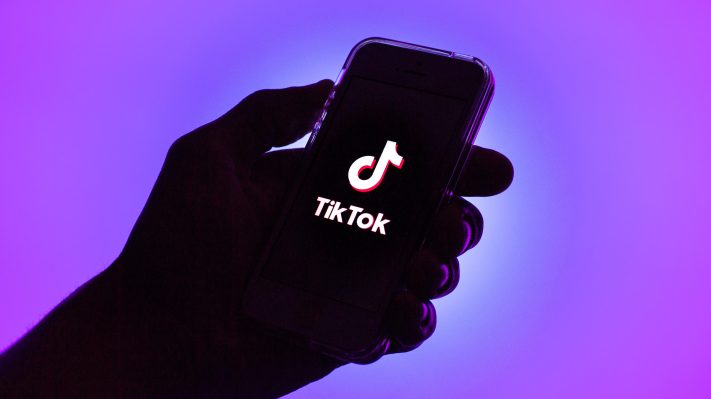While the relationship between all young people and social media is complex, yielding both positive social effects and posing unique risks to mental health, queer teens spend even more time on the internet than their non-LGBTQ counterparts — time often spent searching for community and vital connection around identity.
In new research, The Trevor Project explores where young LGBTQ people of color feel safest spending their time online. In its sweeping 2023 U.S. mental health survey, the Trevor Project included new questions about how young queer people felt across various popular online platforms, comparing the experiences of young LGBTQ people of color to their white peers to illuminate differences. The survey includes data from 28,524 LGBTQ people between the ages of 13 and 24 in the U.S., capturing a huge swath of data on social media behavior.
The Trevor Project’s Senior Machine Learning Research Scientist Wilson Lee told TechCrunch that because social media and mental health is such a complex topic, their work always focuses on reflecting as much nuance as possible.
“There are lots of good things and also, unfortunately, lots of harmful things,” Lee said. “And then they’re also good and harmful in different ways for different people, so [we’re] trying to sort of dive into that.”
In The Trevor Project’s research, 53% of young LGBTQ people of color reported feeling safe and understood on TikTok, compared to 45% of their white peers. On Instagram, 41% of young LGBTQ people of color reported feeling safe and understood, compared to 38% of white respondents. There were also small differences on Twitter (21% versus 20%) and on social sites specifically designed for LGBTQ users (21% versus 19%). LGBTQ people of color who felt safe and understood on one platform often felt the same way about one of the other platforms and rarely described one platform alone as a safe space.
Young LGBTQ people of color decisively reported that TikTok was where they felt the most safe and understood online — the only social platform where more than half of respondents (53%) felt that way. Discord was next with 43%, followed by Instagram with 41% and YouTube with 33%.
In the other direction, differences were most pronounced on Reddit, where only 17% of young LGBTQ people of color reported feeling safe and understood compared to 21% of their white peers. Differences also emerged on Twitch (15% versus 16%), Steam (6% versus 9%), dating apps (6 versus 9%) and on Facebook (4% versus 7%).
For young LGBTQ people of color, exploring gender and sexual orientation is just one side of the equation when searching for belonging online.“We know that LGBTQ young people, when they go on social media, they often can benefit from social support and exploration and things like that — so we know that’s sort of different from their non-LGBTQ peers [who] might not be seeking that as much,” Lee said.
“And then, sort of from a different lens, community support is also another thing that young people of color tend to look for in the spaces because not everyone has access to supportive spaces in real life.”
Feelings of safety and being understood aren’t just abstract metrics of well being — those measures directly translate to better mental health outcomes. Young LGBTQ people who expressed those feelings about at least one online social space were 20% less likely to have attempted suicide in the previous year and 15% less likely to have experienced anxiety recently, according to Trevor Project data. For young LGBTQ people of color, the protective effect of online social spaces on anxiety was even more pronounced.
“These online experiences have very real real life consequences — and they have very real real life consequences for different people in different ways,” Lee said. “So we’re always urging people to, as much as possible, take an intersectional lens when they’re thinking about these experiences, because they can be very drastically different.”
